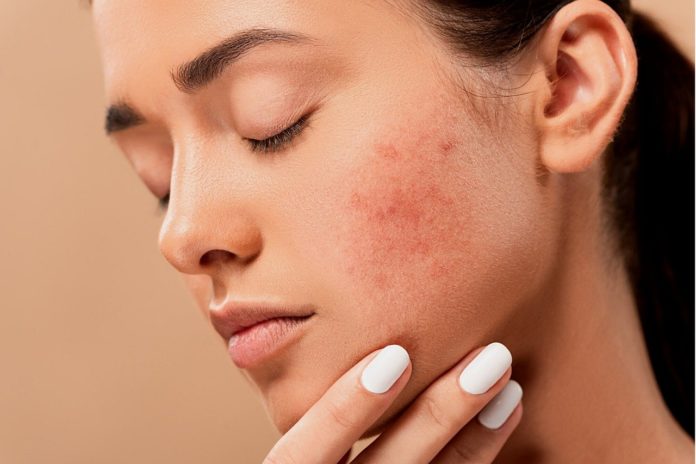Nothing can break the heart of a girl the way a tiny pimple or acne does. Haven’t you ever found your skin getting itchy and then giving birth to a pimple the night, right before a big day? Don’t worry! You are not alone; it’s every girl’s story! After seeing such a raised bump on your skin, you might be desperately searching Google to find out a fast remedy. In such cases, you can consider acne patches, like micro dart patches.
However, before you jump to conclusions and buy a patch, you need to develop an insight into the different types of acne patches, as each has a different formulation and function. Not every patch can suit your skin type, and if you use the patch the wrong way, you will be wasting your money and time. On the other hand, if you use them properly, it will speed up the recovery process and stop scars from appearing on your face. This article will help you identify which acne patches are suitable to treat your acne.
Acne Type
First, you should figure out the type of acne you have developed. Acnes, in general, are described by the term “breakouts,” but not all acne is breakouts. Some acne spreads all over the skin, and such kind is called a breakout.
Acnes can be categorised into two types:
- Inflammatory Acne
If your pimples look red and swollen, then they are inflammatory acne. Sebum and dead skin produce this type of acne. Sometimes bacteria can make this acne even worse by clogging up pores. Bacteria may cause a deep infection under the skin’s surface, and the infected area creates painful acne spots, making it really difficult to get rid of them.
Products having benzoyl-peroxide may help reduce swelling, as they can help you free your skin from bacteria. These products control the release of excess sebum. Dermatologists may suggest using either an oral or a topical antibiotic solution containing benzoyl-peroxide that can treat inflammatory acne.
Inflammatory acne also has different subtypes, such as:
- Papules
- Pustules
- Nodules
- Cysts
- Non-Inflammatory Acne
Non-inflammatory acne does not cause swelling, and they include blackheads and whiteheads. These acnes can also be treated by over-the-counter or OTC treatments. Salicylic acid works best against non-inflammatory acne. This natural exfoliator removes dead skin cells, which cause blackheads and whiteheads. Many cleansers, toners, and moisturisers contain salicylic acids. So, if you often face non-inflammatory acne, you can try these cosmetics.
- Blackheads
When sebum and dead skin cells altogether clog up a pore, blackheads appear. Usually, the top of these pores will remain open while the rest of the parts are clogged, and this may cause a deep black spot on your skin surface.
- Whiteheads
Whiteheads also form the same way blackheads are formed. But there is a difference between the two. The top of the whitehead is closed, and it resembles a tiny bump coming out of the skin.
Whiteheads, comparatively, are more stubborn and, therefore, challenging to deal with. You can try cosmetics with salicylic acid. Also, topical retinoids are the best solutions for clogged pores. But, if your cosmetics fail to give you expected results, you need to visit an experienced dermatologist to seek the right solution.
The Severity of Your Acne
Along with the type, it is also important to know how severe your acne is since the usage of recommended products depends on the severity.
Struggling against acne and spots is undoubtedly painful, but the market is full of scientifically proven products that can help you. But before buying remedies like micro dart patches or cosmetics containing salicylic acids, identify your acne type and severity. If you do so, it will save your time and money, and you will get flawless skin quickly.









